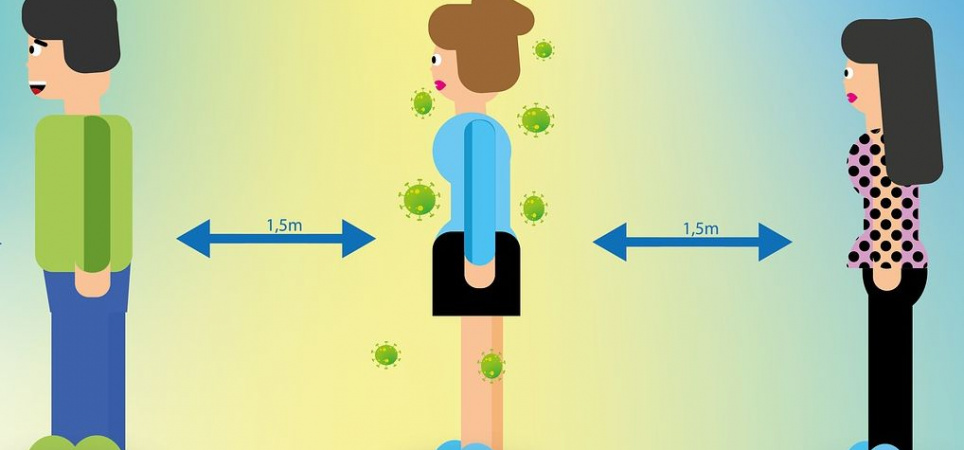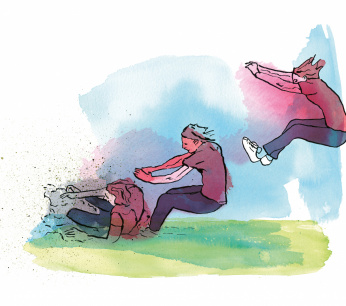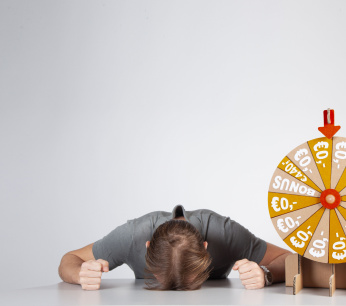One-and-a-half meters measure also for students in secondary education
The students in secondary education who are currently still going to school must also keep a distance of 25 meters from each other. The rule already applied between students and teachers. Primary education may open again on January XNUMX, but that will depend on how contagious the British corona variety turns out to be.

Image: Pixabay
Prime Minister Mark Rutte stated this tonight in the press conference on the state of affairs in the corona crisis. The lockdown has been extended across the country until Tuesday, February 9. “There is no other choice,” said Rutte. “The numbers are not falling fast enough, and we are also dealing with the British corona variant. We are very concerned about that variant, the images from London and Ireland are – to put it mildly – alarming.”
Enforced
In secondary education, the rule remains that only vulnerable pupils, pupils in exam classes, pupils in practical education and pupils in special secondary education (VSO) are allowed to attend school. In regular secondary education, students now have to keep a distance of XNUMX meters from each other. The one-and-a-half meter rule already applied between students and teachers.
In VSO, practical education and practice-oriented education, the one and a half meters between students must only be observed 'where possible'.
After the open speculation of the OMT, it was high time for the cabinet to finally provide clarity
De AOb demanded clarity about the safety of secondary school teachers last weekend. From a survey below AObmembers showed that more than half of the teachers still come to school as normal to teach the special students. Some of the teachers feel, however not safe at school.
The feeling of insecurity increased further last weekend due to the broadcast of News hour. In it, two members of the Outbreak Management Team (OMT), pediatrician Karóly Illy and infection prevention professor Andreas Voss, stated that the idea that high school students play a limited role in corona transmission was `` a mistake. '' The XNUMX meter measure would have been unleashed too quickly in secondary schools.
Safety
"After the public speculations of the OMT, it was high time that the cabinet finally clarified," says AObchairman Eugenie Stolk. “Full exam classes are unfortunately really not safe in this situation. This should have been decided earlier. ”
The cabinet does want to investigate whether primary schools can open again on 25 January. This is to prevent – in particular – the vulnerable students from further falling behind in education. "The difficult thing is that we do not yet know whether the British variant of the virus is more contagious among children - and if so how much," Rutte said. "Only if possible will we return to classroom education in primary education on Monday 25 January." That will become clear next week at the earliest.
Uncertainty
“It's complicated right now to make the right decision,” admits AObchairman Stolk. “But here too it is important that there is clarity quickly and that the cabinet takes a clear decision quickly. Because the longer we are all in uncertainty, the more questions everyone gets about safety in schools. ”
Free Trial
There have already been outbreaks in some primary schools. So far, it concerns a hundred known individual infection cases. The OMT estimates that between 2 and 5 percent of the students in the schools involved have become infected. Minister Hugo de Jonge of Public Health promised that large-scale testing for corona will be carried out in a number of primary schools. Tests will also be carried out in secondary education, and a pilot will start shortly.
Read also 'Staff give a lot of physical lessons, a quarter feel unsafe'
See here for more answers to frequently asked questions about the coronavirus


